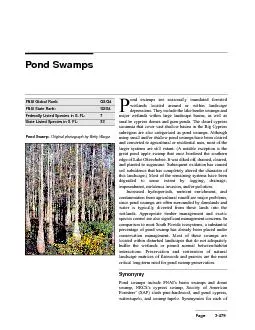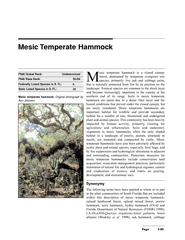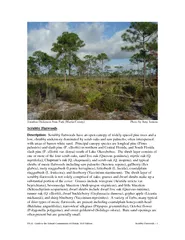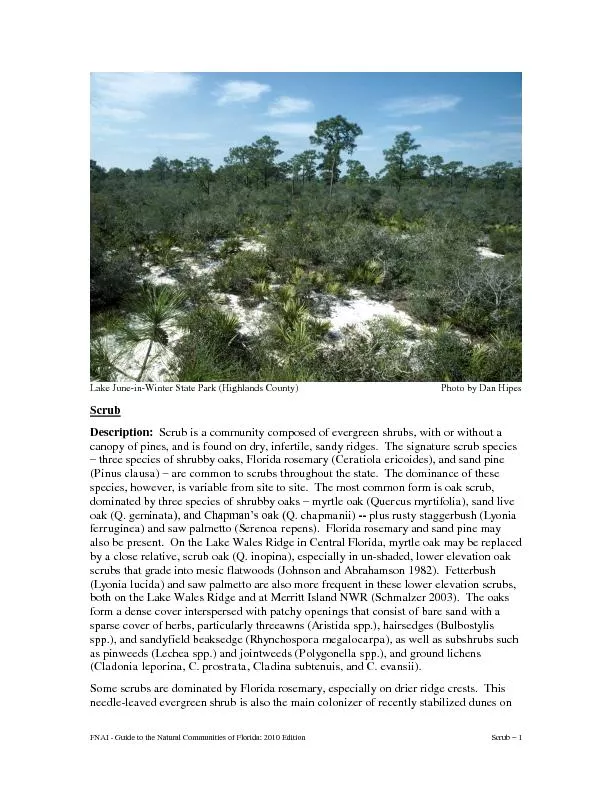PDF-FNAI Global Rank:G3/G4
Author : calandra-battersby | Published Date : 2015-11-08
FNAIState RankS2S4 Federally Listed Species in SFL7 State Listed Species in SFL33 depressions They include the lake border swamps andmajor wetlands within large
Presentation Embed Code
Download Presentation
Download Presentation The PPT/PDF document "FNAI Global Rank:G3/G4" is the property of its rightful owner. Permission is granted to download and print the materials on this website for personal, non-commercial use only, and to display it on your personal computer provided you do not modify the materials and that you retain all copyright notices contained in the materials. By downloading content from our website, you accept the terms of this agreement.
FNAI Global Rank:G3/G4: Transcript
Download Rules Of Document
"FNAI Global Rank:G3/G4"The content belongs to its owner. You may download and print it for personal use, without modification, and keep all copyright notices. By downloading, you agree to these terms.
Related Documents














